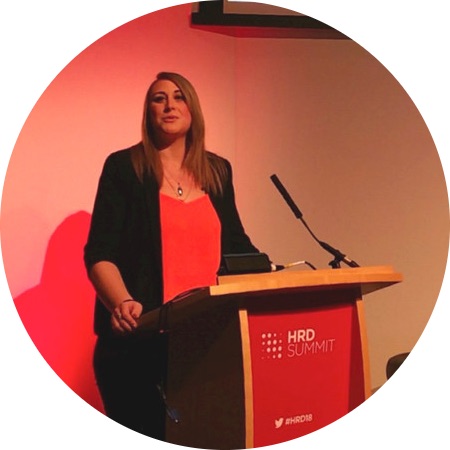From ‘Tinder leave’ to pet insurance, employers get creative with benefits

A marketing agency in Thailand put an interesting spin on employee benefits, giving workers paid time off to pursue romantic connections they make on a dating app.
Dubbed “Tinder leave,” the perk is available to all 200 staffers of Whiteline Group, which started the policy after an employee complained about being too busy to date. The company is also footing the bill for employees’ premium Tinder subscriptions.
From Tinder dates to pet insurance, meditation classes and smoking-cessation programs, employers have become extra creative when it comes to the benefits they offer. The reason is clear, as employees have come to value benefits more than ever — in some cases, even more than a pay bump. A recent analysis by the jobs site Indeed found that 59% of job postings advertised at least one employer-provided benefit, up from fewer than 40% in early 2020.
“Creative benefits go a long way in demonstrating what a company and its people value, which in turn contributes to better employee wellbeing and can even help attract top talent,” said Nebel Crowhurst, chief people officer and chief appreciation officer at HR consultancy Reward Gateway/Edenred. “Going beyond traditional offerings—whether it’s offering discounted gym memberships, a pet-friendly office or paid time off for unexpected life emergencies—instills a sense of appreciation within your people.”
Reward Gateway/Edenred’s recent study on benefits found that more than half of 1,000 U.S.-based employees rated health insurance and PTO even more important than a 10% pay raise. The study also revealed that fewer than half of employees feel appreciated at work, with a majority of those polled saying they’d like the boss to show them they are valued by offering benefits that are most important to them.
HR plays a pivotal part in developing benefits, Crowhurst stressed, noting their essential role in communicating and educating the workforce about them. Beyond that, HR leaders in many organizations are C-suite-level and, thus, have a real hand in deciding which benefits the company offers.
At a time when healthcare is one of the costliest benefits, consultancy The Phia Group is developing creative ways to reward its own employees. Its “Diapers and Wipes” program incentivizes staffers to use a lower cost, high-quality hospital to deliver their children, and if they select a qualified hospital, they get $300 per month for a year toward anything the newborn might need.
Meanwhile, all Phia employees get free healthcare after working at the company for five years—a benefit that, for many, can be life-changing, according to CEO Adam V. Russo. “Their out-of-pocket healthcare costs remain minimal while thousands of dollars are no longer deducted from their paychecks,” he said. “Naturally, the removal of this financial stressor often engenders greater productivity and engagement as well as overall workplace comity.”
Workplace strategist Erica Keswin, author of Bring Your Human to Work and The Retention Revolution, points to a shift from traditional, one-size-fits-all benefits to a more personalized approach.
Noting that the definition and expectations of benefits have changed over time, she points to the challenge of employers catering to multiple generations of workers, each with varying priorities. As she puts it, “What’s important to a baby boomer that just came back into the workforce and a Gen Z might be totally different.”
Perhaps the biggest perk of all post-Covid is flexibility, for which there is growing demand across the board. People want to work for companies that embrace what Keswin calls “intentional flexibility,” which might feature benefits like “remote August” or a four-day workweek.
As for those off-the-wall perks like Tinder leave? The winning formula is not so much about gimmicks but about delivering to employees those benefits that most touch their lives, Keswin suggested.
She noted that pet insurance would mean little to an employee who doesn’t have a pet, while maternity leave — an invaluable benefit to some employees — would not resonate with someone who doesn’t plan to have kids. “We all want different things,” she said. “I’m a big believer in linking all this to your culture and your values. So, if one of your values is inclusivity, how do you weave that into how you think about benefits?”

